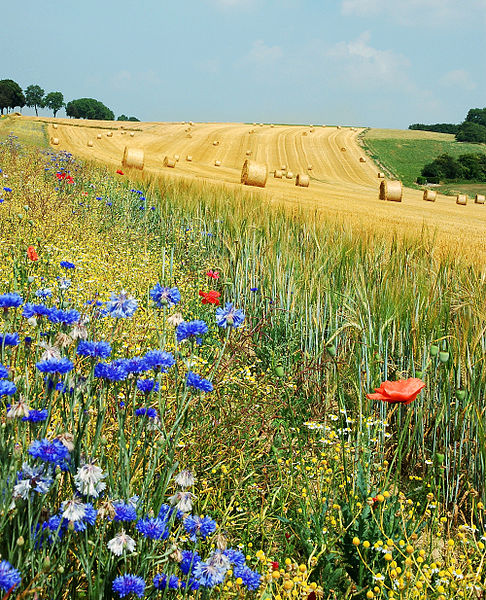Today’s blog post will be about Lithuanian, more precisely about the etymology and the meaning of the words for months. Like many of the neighboring Slavonic languages, Lithuanian, a Baltic language, does not use the Latin names for the months, but its own, more ancient names for the months, which are based on the seasons and agricultural activities (just like the Slavonic months).
Sausis (January) – from sausas meaning ‘dry’; this derives from the fact that precipitation at this time of year is usually in the form of dry snowflakes
Vasaris (February) – from vasara ‘summer’; this is because the days begin to lengthen at this time and thoughts turn toward summer
Kovas (March) – derives either from kovas, meaning rook (a bird), or kova ‘struggle’; rooks are building their nests at this time, or alternatively the struggle between winter and spring
Balandis (April) – from balandis ‘dove’; the time when doves build their nests
Gegužė (May) – from gegužė, the cuckoo; its call is believed to herald the arrival of spring
Birželis (June) – from beržas, the birch, which blooms in this month
Liepa (July) – from liepa, the linden tree, which flowers in this month
Rugpjūtis (August) – from rugiai, ‘rye’, and pjauti, ‘to cut’, therefore literally the month in which rye is cut
Rugsėjis (September) – from rugiai, ‘rye’, and sėti, ‘to sow’, so the month in which rye is sown, which then overwinters in the fields before it starts to grow in spring
Spalis (October) – from spaliai, flax hards, which are harvested at this time of the year
Lapkritis (November) – from lapas, ‘leaf’, and kristi, ‘to fall’, the month in which the leaves fall
Gruodis (December) – from gruodas, which means something like a ‘frozen clod’, which forms in the fields at this time of the year
What becomes apparent when one compares these meanings with those of the months of the Slavonic languages (see also my last blog post), is that many months derive their names from the same event in the agricultural year, for example, the falling of the leaves (‘listopad’ in Slavonic), the flowering of the birch and linden trees, clods of frozen soil, etc., even though the languages are not related linguistically (Lithuanian is a Baltic language, whereas most languages in the neighboring countries are Slavonic languages).
Lithuanian is a very interesting language from the linguistic point of view, because it still retains many features of Proto-Indo-European, which are now lost in other lndo-European languages. It is closely related to Latvian.

